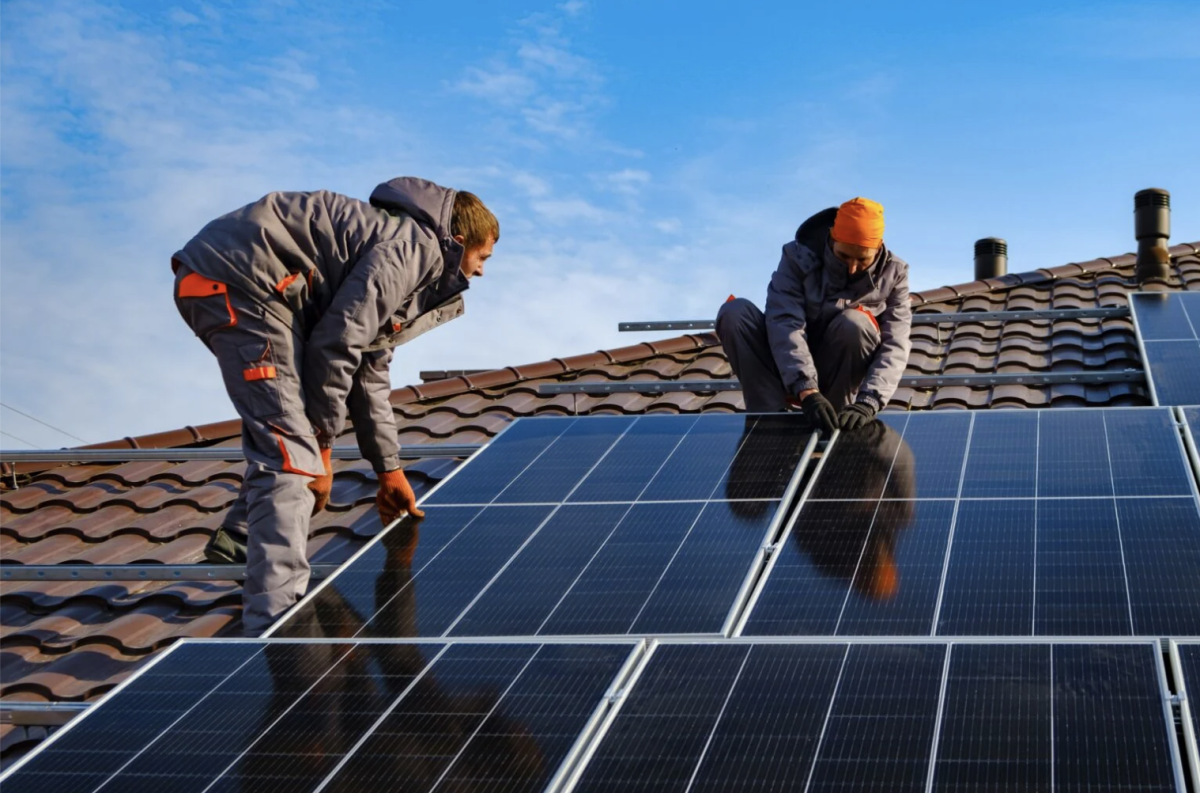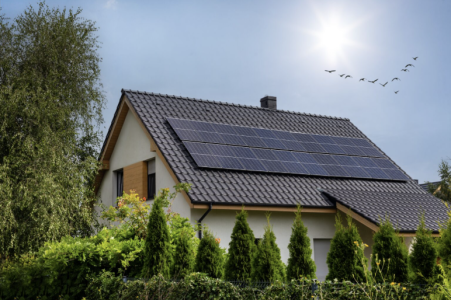
With energy bills climbing higher than a summer heatwave, it’s no wonder more Australians are looking skyward for savings.
Solar panels and home batteries are no longer just for the eco-warriors or tech enthusiasts; they’re fast becoming a smart financial move for everyday households, especially for those of us keen to stretch our retirement dollars further.
But with the upfront cost of solar still a sticking point for many, the big question remains: how long does it actually take before your investment starts paying you back?
And which Australian cities are leading the charge when it comes to rapid returns?
Let’s break down the latest findings, add some context, and help you decide if now’s the time to join the solar revolution.
How fast can you recoup your solar investment?
iSelect’s newest Solar Payback Report shows that, including national rebates, the typical cost of a solar system without a battery in Australia’s capital cities sits at approximately $6,246.
For households opting to include a battery, the additional expense averages $11,227, making the overall investment for a solar-plus-battery setup roughly $17,473.
So, how long before you start seeing those savings stack up?
The report crunched the numbers for a standard 6.6kW solar system with a 12kWh battery, assuming a household with mid-range energy use.
Here’s what they found:
- Solar only: Average payback period is four years and 10 months.
- Solar + battery: Payback period stretches to nearly nine years.
But, as with all things in life, location matters. Some cities are absolute standouts for speedy returns.
Which cities are winning the solar race?
If you’re in Perth, congratulations! You’re living in the city with the fastest solar payback in the country.
Thanks to a combination of lower system costs, high electricity prices, generous feed-in tariffs, and plenty of sunshine, Perth households can expect their panels to pay for themselves in just three years and eight months.

Adelaide isn’t far behind, with a payback period of three years and nine months for solar panels alone.
When it comes to systems with batteries, Adelaide again leads the pack, with a payback period of just over six years.
Here’s a quick snapshot of payback periods for mid-range energy users across the capitals:
Solar only:
- Perth: three years, eight months
- Adelaide: three years, nine months
- Sydney: four years, two months
- Canberra: four years, nine months
- Brisbane: four years, 11 months
- Darwin: five years, two months
- Melbourne: five years, six months
- Hobart: six years, seven months
Solar + battery:
- Adelaide: six years, two months
- Sydney: six years, 11 months
- Perth: seven years
- Brisbane: seven years, eight months
- Darwin: eight years, nine months
- Canberra: eight years, 11 months
- Melbourne: 10 years, 10 months
- Hobart: 13 years
What about long-term savings?
Once you’ve crossed the payback finish line, the real fun begins.
Households in Darwin, for example, can pocket up to $1,919 a year in savings with solar alone, and a whopping $2,376 a year with a battery.
Sydney, Melbourne, and Brisbane aren’t far behind, with annual savings ranging from $888 to $2,288 depending on your setup.
For high energy users, the numbers get even more impressive.
For households in Adelaide with a daily use of 10kWh, annual savings could reach $3,019, providing extra funds for travel or assisting with the grandchildren’s education costs.
Why are batteries booming?
The federal government’s Cheaper Home Batteries Program, launched in July, has turbocharged battery installations.
In just one month, nearly 20,000 batteries were installed, with more than 55,000 applications received.
The average battery size? A hefty 18.2kWh, enough to keep the lights on and the air conditioning running well into the evening.
Batteries are especially attractive for those looking to maximise their solar investment, store excess energy for use after dark, and protect themselves from future electricity price hikes.
How can you cut the upfront cost?
Solar and battery systems aren’t cheap, but there are plenty of ways to lighten the load:
- Federal incentives: At the federal level, the Small-scale Renewable Energy Scheme (SRES) delivers immediate savings through Small-scale Technology Certificates (STCs).
- State rebates: Residents can tap into initiatives such as Victoria’s Solar Homes Program, the ACT’s Home Energy Support Rebate, or council-led schemes like Adelaide’s Sustainability Incentives and WA’s Switch Your Thinking program to cut costs.
- Battery discounts: For batteries, the federal Cheaper Home Batteries Program gives a 30 per cent reduction on installation costs, with additional state-specific rebates available in some regions.

Tips for maximising your solar savings
- Size matters: Don’t go too big or too small. Review your past electricity bills, understand your daily usage, and work with a reputable installer to get the right fit.
- Shop around: Compare quotes from multiple installers. Prices and service can vary widely.
- Timing is everything: Consider installing during off-peak seasons or bundling services (like battery storage) for extra savings.
- Maintenance counts: Keep your panels clean and check for wear and tear to ensure maximum efficiency.
Is solar right for you?
Solar isn’t a one-size-fits-all solution.
Which city gives the fastest solar return? Image Source: AlyoshinE / Shutterstock
Factors like your roof orientation, local climate, and how much electricity you use during the day all play a role.
But with payback periods dropping and government incentives at an all-time high, there’s never been a better time to crunch the numbers.
Your turn
Have you installed solar panels or a battery? How long did it take to see the savings? Any tips or lessons learned for others considering the switch?
Share your experiences in the comments below. Your story could help a fellow member make a brighter, more affordable choice.







